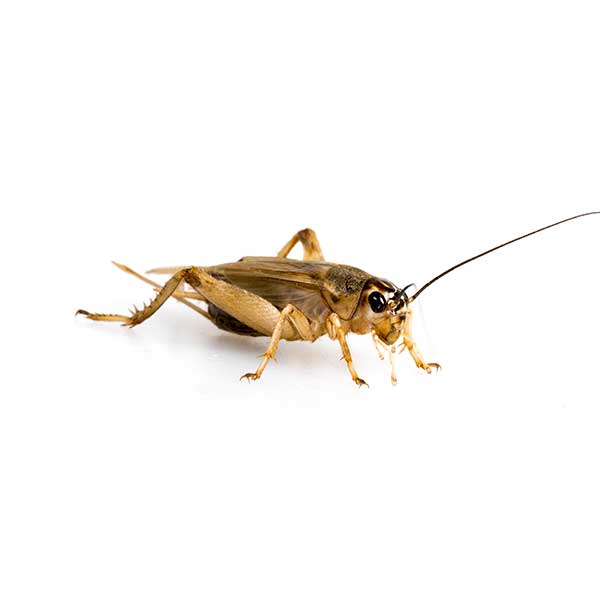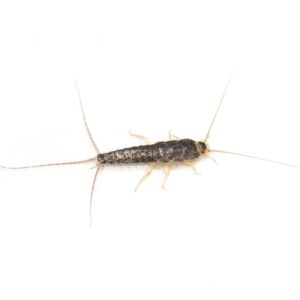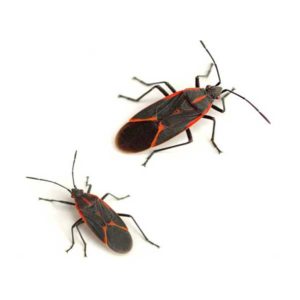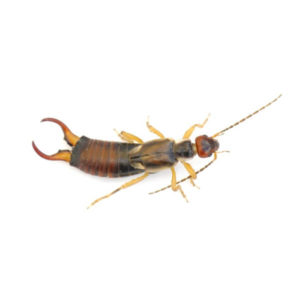House Crickets in San Angelo
The house cricket was introduced into Canada and the United States in the 18th century and caught the attention of early writers with its musical serenades and quirky behavior of nibbling on clothes. These crickets are active during the night and have an omnivorous diet, readily consuming various foods. They show a particular fondness for liquids, especially fermented beverages like beer or sweetened vinegar.
As the temperatures cool down in the fall, house crickets are drawn to warm and moist environments, often seeking food and shelter within homes and structures. Their attraction to human habitats makes them a common sight indoors during the cooler months.
House Cricket Habitat
During warm weather, house crickets typically live outdoors in areas like piles of debris, rocks, firewood, and lumber. In winter, they may be found in compost bins and garbage dumps, as well as seeking shelter in houses, sheds, and other structures. As cold weather approaches, house crickets enter homes and become active in warm areas of the house.
These crickets are nocturnal, and their activity becomes noticeable at dusk when they start searching for food within homes. Homeowners may also become aware of their presence through the familiar chirping sounds made by male crickets. The males produce these chirping sounds by rubbing their front wings together, a behavior they use to attract females.
House Cricket Behaviors, Threats, or Dangers
House crickets do not bite or spread diseases, so they pose no direct health threat to humans. However, they can become a nuisance if they manage to enter a home. These crickets have a habit of damaging clothing, carpets, and areas covered in fabric. They are drawn to warmth, making them frequently found around fireplaces, kitchens, furnaces, water heaters, and basements.
To hide, house crickets often conceal themselves in cracks and spaces behind baseboards. In some cases, they may even burrow into the mortar of walls. Silk and woolens are particularly susceptible to damage from house crickets, making them especially destructive to these materials. To protect your San Angelo property, contact your local pest control experts if you are dealing with house crickets.




